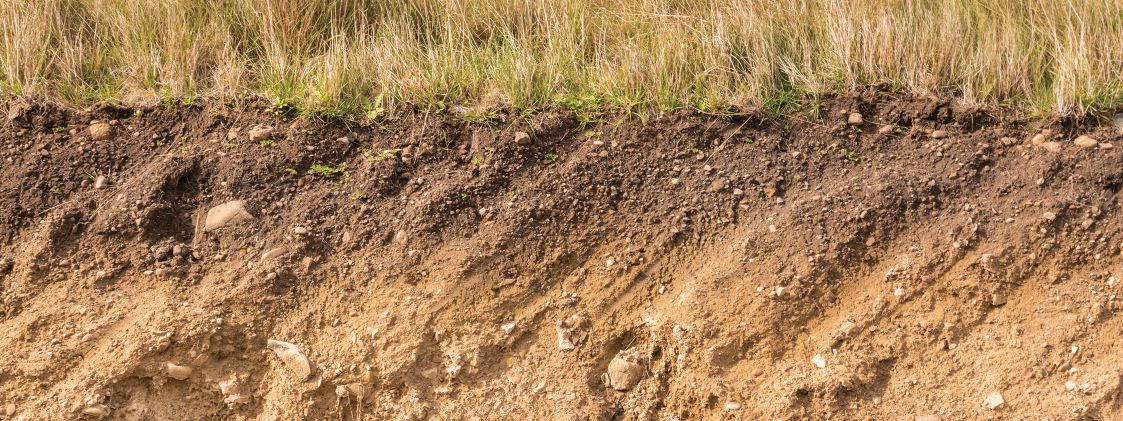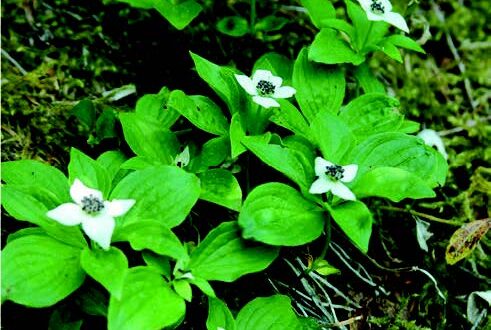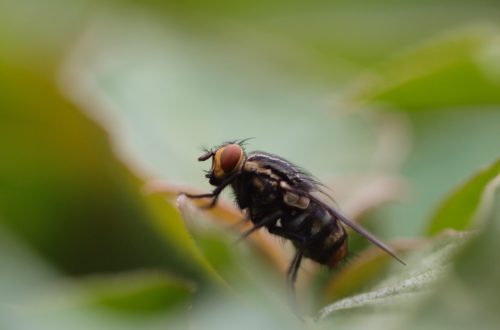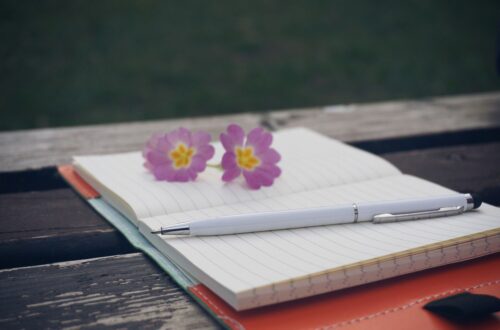A soils instructor at OSU begins his talks by telling his students that we understand so little about soil (and many other things) because we humans are too big and don’t live long enough.
He illustrates by holding a handful of garden soil and asks who can see the billion bacteria contained in the soil. No one raises their hand. He asks if anyone has been here for the hundred years it took to create just the top inch of topsoil. Ditto. Needless to say, he doesn’t have to inquire about anyone’s existence throughout the millions of years it took to break down mountains into the clay that is found in the most productive regions of the earth.
The basis of permaculture, as used as a landscaping concept, is to recognize that:
• we are here for only a flash
• we are responsible for knowing and utilizing the earth’s capacities and resources,
• we “do no harm,”
• we improve this tiny ball hurling through space.
Over the following months, we’ll be exploring how you can incorporate permaculture actions into your gardening effort—whether that is a patio, a backyard, a multi-housing situation, a community garden in the suburbs, or on hundreds of acres.
Speaking of space, every gardener needs to know theirs—be it the size of a plant, a container, a plot, or out to the horizon. How much do you know about your “space”? Where does the sun hit throughout the seasons? What places are shaded and cool versus sunny and hot?
Which direction does the rain come from, and when? How does the wind blow, and what does it hit? What permanent (as in “planted years or decades ago) plants influence all or any of these factors?
The beginning of power—and the ability to improve— starts with knowledge.

Kristena LaMar has been a Master Gardener (and Master Recycler) since 2013. She is a speaker with the Clackamas County Speaker’s Guild, and a member of the Extension Ask an Expert panel. She is also a lawyer and a retired judge.






